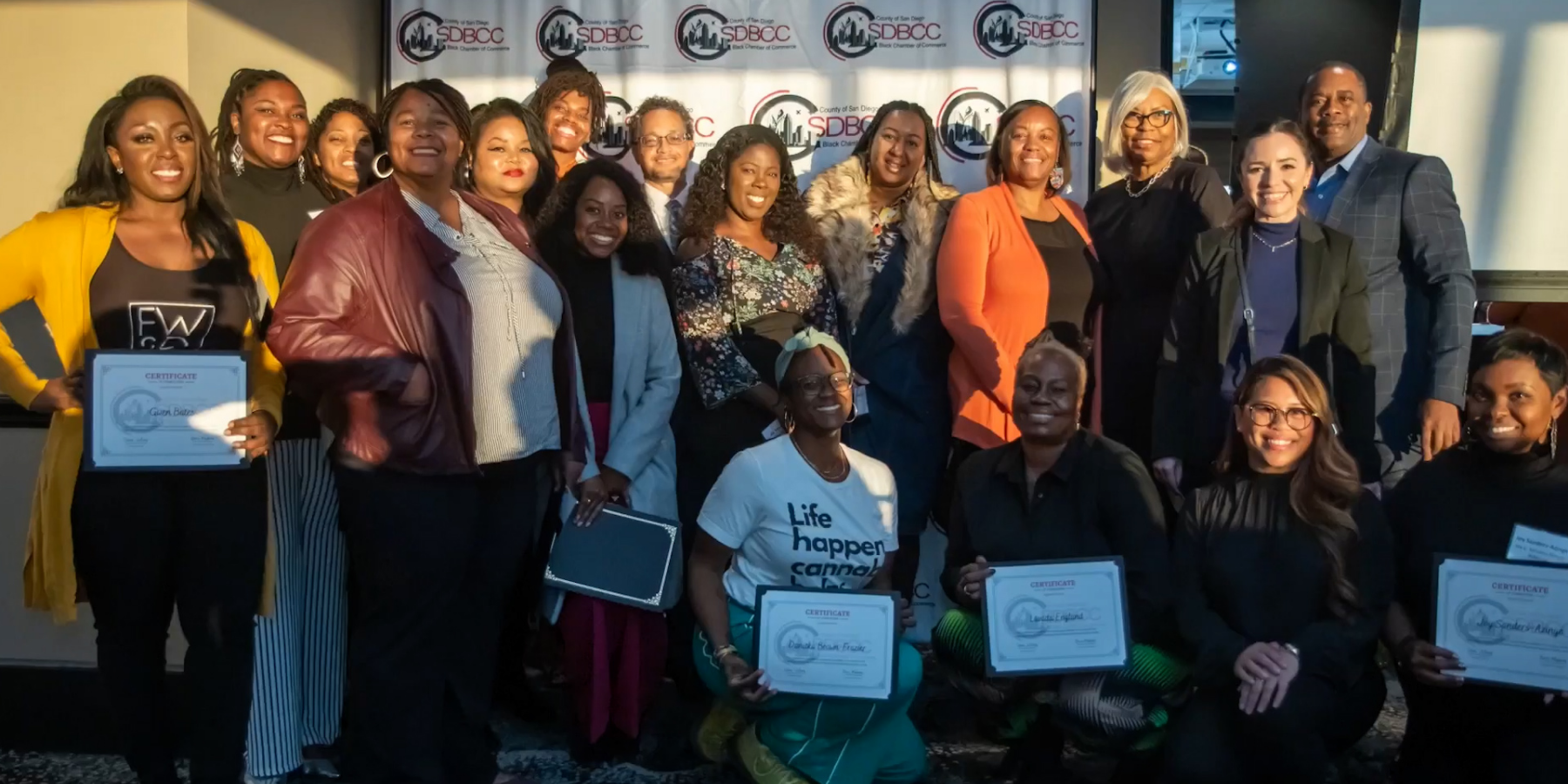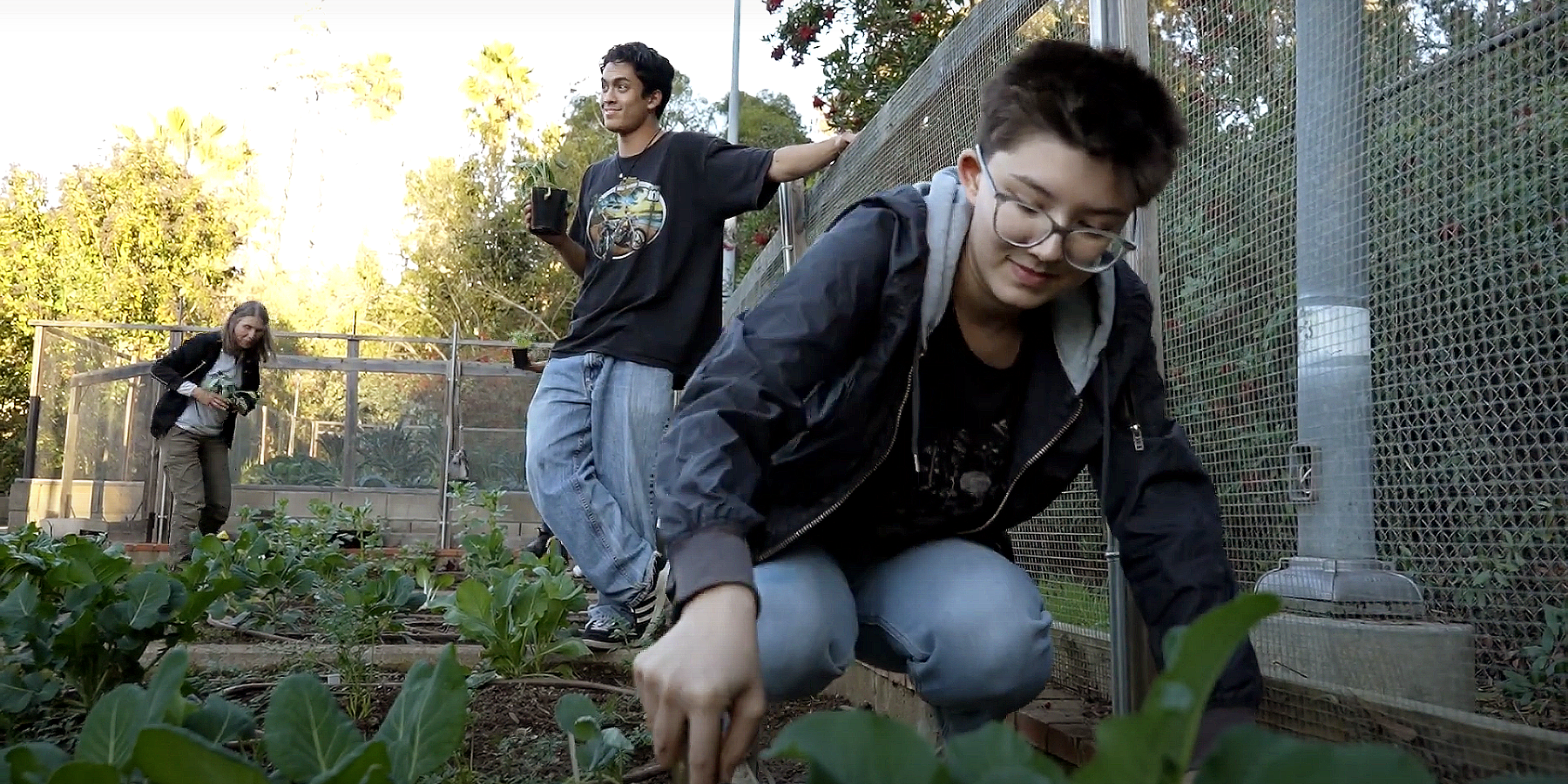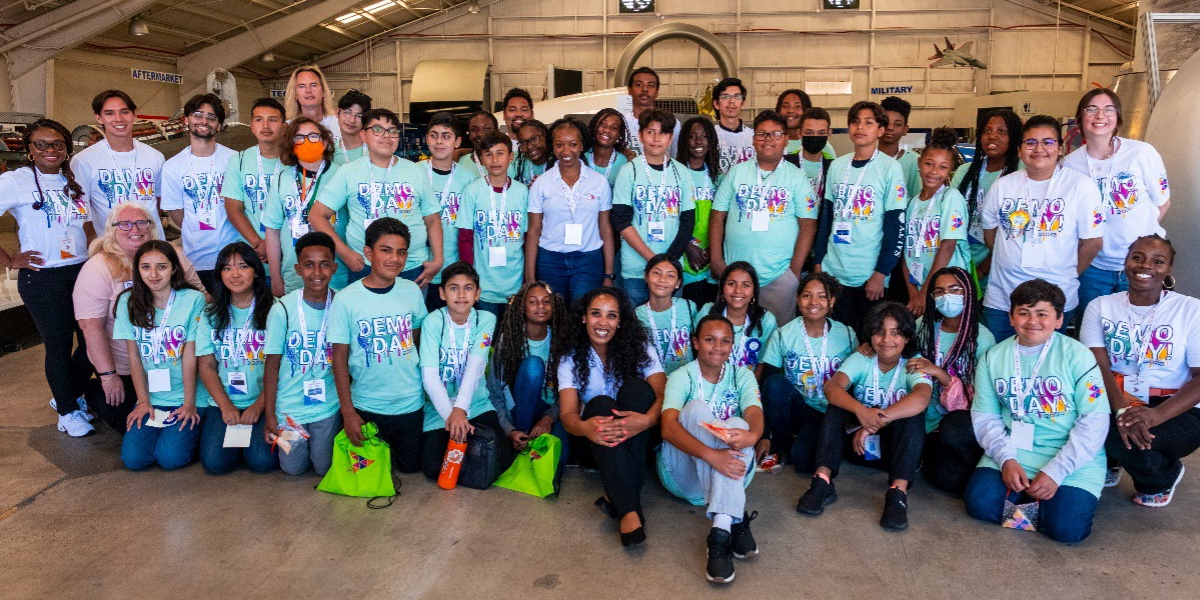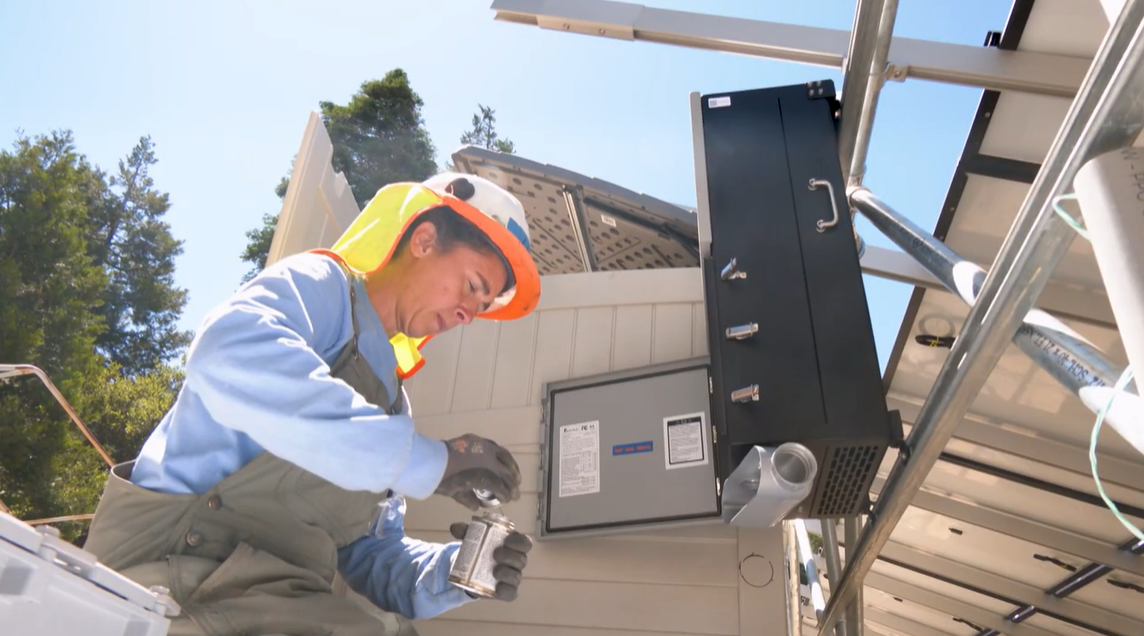This article is reprinted from the San Diego Union-Tribune, originally published September 7, 2016.
The tech world is speculating about who will become the “next Silicon Valley.” San Diego enters the conversation thanks to the almost $1.2 billion in venture capital raised for our innovation sector last year.
But we respectfully decline consideration in that succession contest. San Diego will never be the next Silicon Valley — since that is not what we’re aiming to be.
Our vision for leading the innovation economy leverages our unique competitive advantages rather than replicating what’s been done elsewhere. Our future as a global innovation hub is being built on our binational region, our cutting-edge biotech, telecom and manufacturing sectors, and our world-class research institutions.
To those assets, San Diego is adding one more critical feature: a talent pipeline so that all of our children can access learning opportunities that prepare them to lead in the innovation economy, support their families and make informed choices at the ballot box. San Diego has long been a place where smart people come to solve hard problems. We are beginning to tap the talent in our own backyard.
Nearly every business owner will tell you that talent is a primary factor in where they locate and grow. San Diego’s pool of science, technology, engineering and math (STEM) degree holders is deeper than most cities, which puts us at an advantage. Forbes ranked San Diego in the top five places to launch a start up, after all.
The problem is that too little of that talent is homegrown. Entire swathes of our human capital — our children — are missing out on STEM career opportunities. And many of those potential workers and innovators get off track as very young children and never catch up.
Consider the statistics. On state assessments released recently, just 36 percent of low-income San Diego County third-grade students met the reading benchmark and only 38 percent met the math benchmark. Our ability to remediate is limited — most students who start behind at kindergarten and are still behind in third grade never reach grade level proficiency.
This achievement lag is consequential both for the individuals and their families, but also for San Diego’s employers.
Only a tiny fraction of our low-income students and just 6 percent of all students complete a STEM degree that would qualify them for jobs at places like Illumina or Cymer. This drives up the competition and cost of hiring as we import qualified applicants and squanders the ideas and perspectives that our local, diverse young talent could bring.
It does not have to be this way, which is why our region has begun taking powerful strides to incubate and educate our own STEM talent.
Our world-renowned High Tech High family of schools, for example, now serves 5,000 students in 13 schools on three campuses around the county, with more schools in development.
Qualcomm’s widely lauded “Thinkabit Lab” was replicated at three public middle schools last year to inspire students with robotics. And there are 82 dual-language immersion schools and many dual language preschools in our county, which is a powerful, popular, research-based model for helping kids develop literacy in two languages.
To be the true global leader of the innovation economy, we need more of this investment and soon. One key lever is strong STEM teachers. Science and math teachers are in demand, particularly in high-poverty schools furthest from our downtown and Torrey Pines innovation hubs. Companies like ResMed are making a difference by investing in STEM teacher recruitment and training as early as prekindergarten. This inclusion of early education is critical: Recent research confirms that early grasp of numbers, shapes and comparisons predicts future school success even more accurately than early reading.
So, Silicon Valley speculators take note: San Diego is changing the conversation.
With the right investment and support, San Diego is poised to be the first binational city and thriving hub of innovation for the nation. It will take collaboration across public, private and nonprofit sectors, and a focus on growing our own diverse workforce, starting with inspiring STEM teachers and instruction in our classrooms, preschools and child care centers.
San Diego, let’s aim to be more than a place that attracts innovators. Let’s be the place where innovators are made.
David Lopez is founding Executive Director of Teach For America – San Diego, where he works with local schools and districts to help ensure that all students have access to an excellent education. He currently serves as a board member at Barrio Logan College Institute and is a member of the San Diego Young Leaders association of the San Diego Chamber of Commerce.
Laura Kohn, Executive Director of Education Synergy Alliance, is a long-time leader in the field of education, with a range of experience in policy, government, advocacy, research, program design, nonprofit management and philanthropy. In her role, she mobilizes partners to increase the equity and excellence of public education in San Diego County.




